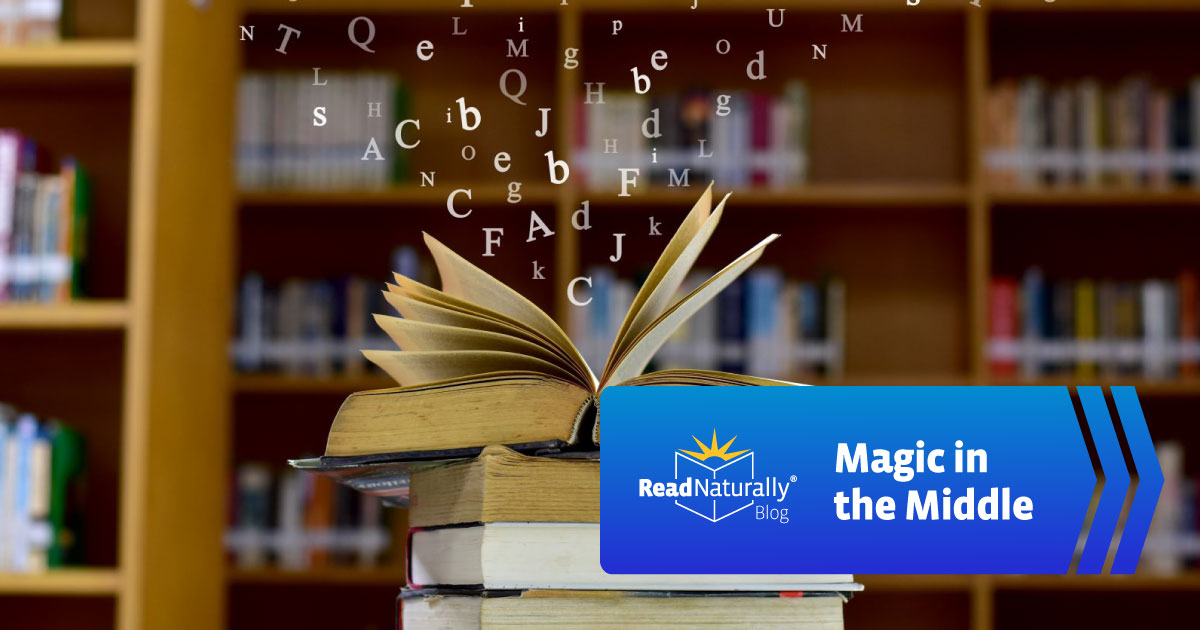 I'll never forget the time my middle child, at age four, found a flashcard with the word “flabbergasted” on it. I read the card to him and told him the meaning of the word. He started bringing the card everywhere he went and belly laughing whenever he showed it to someone. Some nights, he even slept with it under his pillow.
I'll never forget the time my middle child, at age four, found a flashcard with the word “flabbergasted” on it. I read the card to him and told him the meaning of the word. He started bringing the card everywhere he went and belly laughing whenever he showed it to someone. Some nights, he even slept with it under his pillow.
There's something so delightful about learning a new word. At the time the "flabbergasted" card made its appearance in our house, my then-seven-year-old was constantly asking me what certain words meant as he learned to read them. My then-one-year-old was immersed in his attempts at speech, reminding me that we’re all innately drawn to words from the beginning. But it was my middle boy and his word card that made me reflect on the universal appeal of word learning. He had already learned to speak, but he hadn't yet learned to read. One could assume that words and their meanings weren't as important to him as they were to the learning-to-speak baby and the learning-to-read elementary schooler. And yet, “flabbergasted” brought him more joy than his favorite toy. In many ways, I think the middle might actually be the sweet spot.
Similarly, the middle grades (fourth and fifth) are a key time to focus on vocabulary in schools. Students at this level are ripe for learning vocabulary acquisition techniques such as using context clues, using a glossary, and analyzing roots/affixes to determine a word’s meaning. Inevitably, as they encounter new texts, they’re bound to face an increasing number of words they don’t know. When they have the skills to learn these words independently, reading becomes more meaningful and more enjoyable.
The middle grades are also an ideal time to teach high-utility words that will show up in the increasingly sophisticated texts students are expected to read. Research shows that children with smaller vocabularies tend to fall significantly behind in grade four, and that decline accelerates in grades five and six as curriculum starts to include more abstract, academic, literary, and less-common words (Chall, Jacobs, & Baldwin, 1990).
When we designed our Take Aim! at Vocabulary program, we created it specifically for students in the middle grades. Each level of this research-based program solidifies students’ understanding of 288 high-utility words that will continue to appear in their academic life and beyond. In addition, Take Aim employs successful strategies to help students develop word-learning skills and learn the most common roots and affixes in the English language.
Take Aim is one of Read Naturally’s most intricate and complex programs. The detail that went into its creation is astounding even to us. From the rigorous selection criteria for the featured vocabulary words, to the various contexts in which these words appear, to the motivating activities that help solidify word understanding and more, this program brings a level of quality you won’t find anywhere else. Each aspect of the program incorporates the best research available. In addition, Take Aim aligns with Common Core standards and the Institute of Education Sciences’ Recommendations for Improving Adolescent Literacy.
If you’re looking for a way to capitalize on your middle-grade students’ capacity to expand their vocabulary and thus improve their literacy, check out Take Aim. We think you’ll be “flabbergasted” by the quality and results! Click here to download a free sample, or contact us for more information.

 Share your student’s success story—nominate him or her for our Star of the Month award. Win a Barnes & Noble gift card for the student and a Read Naturally gift certificate for your class!
Share your student’s success story—nominate him or her for our Star of the Month award. Win a Barnes & Noble gift card for the student and a Read Naturally gift certificate for your class!
Submitted 1 year 7 months ago by Otinah